Since there are various types of subjects under engineering, it is quite natural that the students therein would have different needs. So we have kept best desktop options that serve several of these subjects so that most of you would be benefitted.
TOP PICKS:
In This Article
Minimum & Recommended System Requirements for Engineering Students
For an engineering student it is very difficult to stick to specific PC configurations. Depending upon the project assigned to them, they need to decide their PC configurations.
Any low-end desktop cannot be a perfect choice for an engineering student. Students studying engineering should have a system that has at least an Intel Core i5-9400T processor, 12GB of RAM, Intel UHD Graphics 630, and a 240 GB SSD.
However, it is recommended to have a more powerful system that has an Intel Core i9-11900K or better processor, 32GB or more of RAM, an NVIDIA GeForce RTX 3070 Ti or better GPU, and at least 1TB SSD and 2TB HDD or more storage to handle most of the demanding engineering software and simulations.
Minimum System Requirements: Intel Core i5-9400T | 12GB RAM | Intel UHD Graphics 630 | 240GB SSD.
Recommended System Requirements: Intel Core i9-11900K or better processor | 32GB RAM or more | NVIDIA GeForce RTX 3070 Ti or better GPU | 1TB SSD and 2TB HDD or more storage.
5 Best Desktops for Engineering Students:
1. MSI Creator P100X Desktop – Overall Best
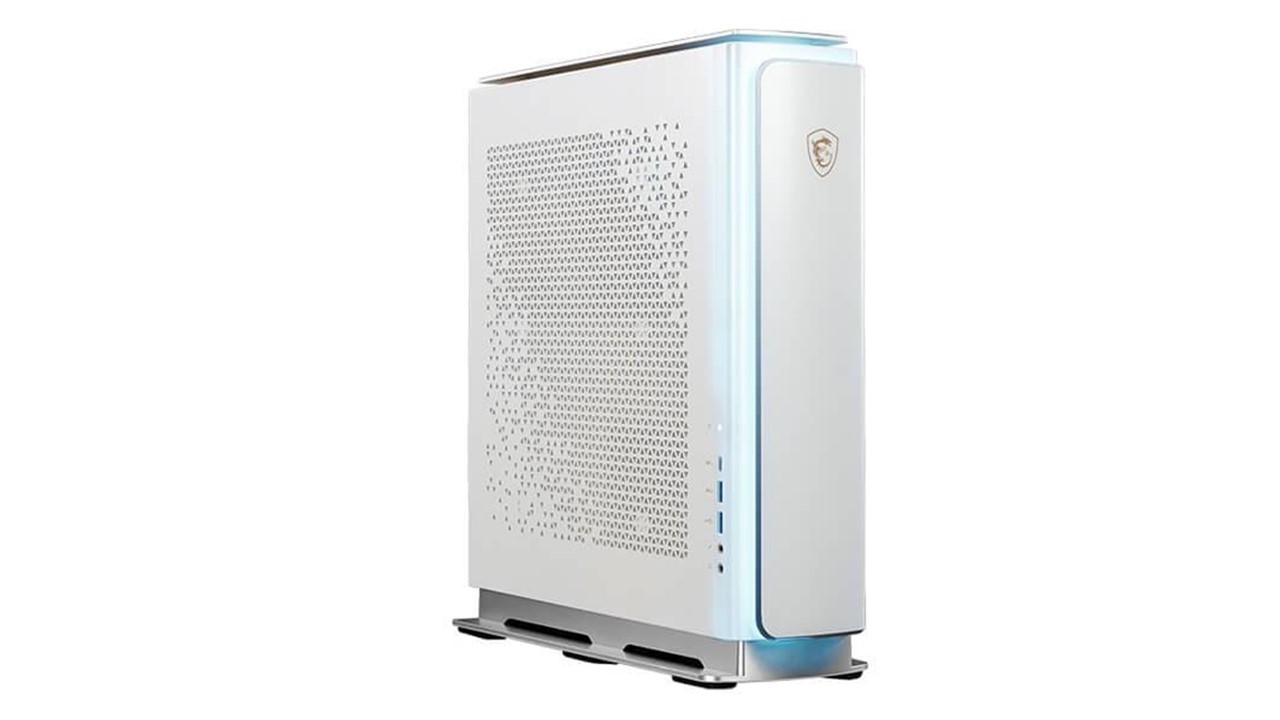
Bottom Line: This is the overall best desktop for engineering students who are looking for a high-performing device. For its high-end components, this PC can generate top-notch processing. This desktop also has an attractive outfit.
Key Features:
- Processor: Intel Core i9-11900K
- Graphics: NVIDIA GeForce RTX 3070 Ti
- OS: Windows 11 PRO
- RAM: 32GB
- Storage: 1TB SSD and 2TB HDD
Pros
- Wi-Fi 6E with triple band support
- USB Type-C support.
- Easily upgradable.
Cons
- Without RGB lights
- No thunderbolt support
- No transparent glass panel
This PC is an ideal choice for engineering students. Having the Intel Core i9-11900K processor and 32GB of RAM, the device is fast and powerful enough to handle the most demanding engineering software.
In engineering studies, 3D rendering and visualization are essential. The NVIDIA GeForce RTX 3070 Ti GPU in this PC makes this easy.
With 1TB SSD and 2TB HDD, you’ll have plenty of space to store all your data, software, and projects.
It’s a smart choice for engineering students who need a high-performing powerful desktop that can handle their entire academic and research tasks.
2. Skytech Siege 3.0 Gaming Desktop – Runner Up
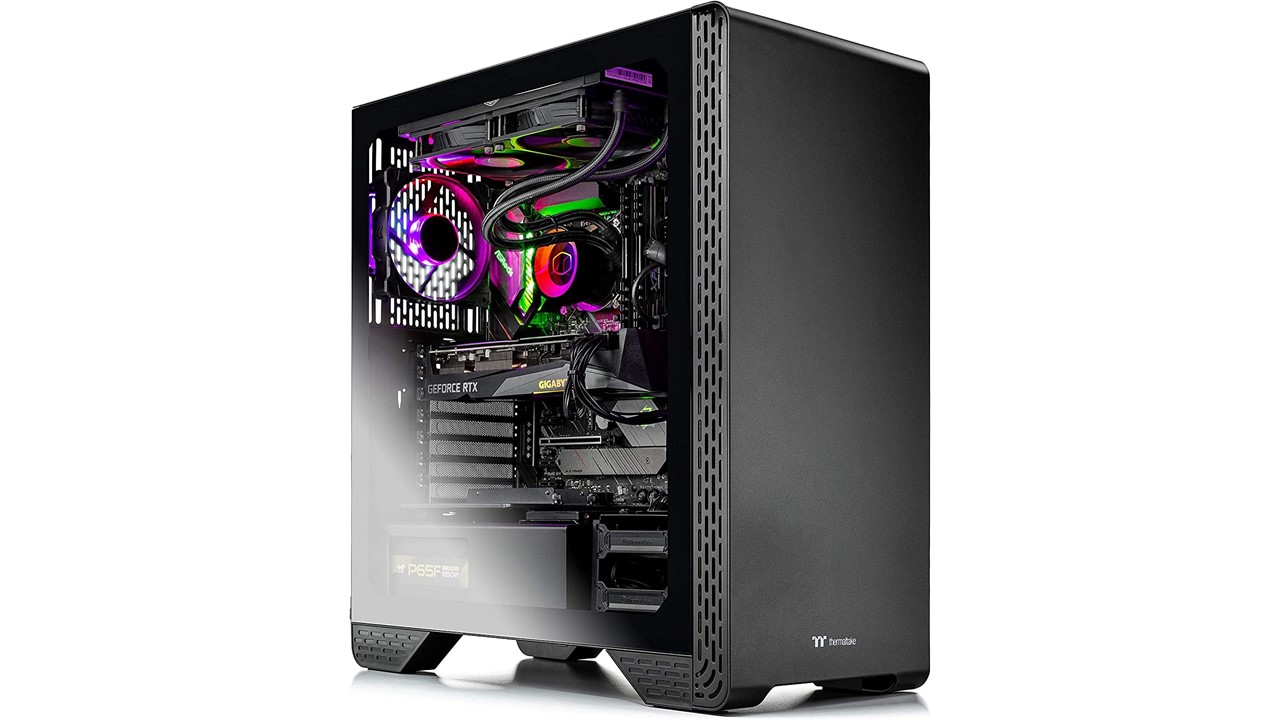
Bottom Line: If you’re an engineering student and looking for an efficient desktop, then this PC is an excellent choice for you. For its top-notch processing speed and its attractive design, we have placed it in the runner-up position.
Key Features:
- Processor: AMD Ryzen 7 5800X
- Graphics: AMD Radeon RX 6900 XT
- OS: Windows 10 Home 64-bit
- RAM: 16GB
- Storage: 1TB Gen4 SSD
Pros
- 360mm liquid cooling technology with four RGB fans for max airflow
- Tempered glass casing
- Multiple display ports and one separate HDMI port
Cons
- Missing USB Type-C port
- Very bulky design
- No optical drive
A powerful Ryzen 7 processor makes the Skytech Siege 3.0 gaming desktop an excellent choice for engineering students.
Having an SSD and 16GB RAM, heavy engineering software and simulations can run smoothly on it.
Additionally, the attractive design of the desktop makes it an excellent addition to any student’s room.
Engineering students need a desktop with a graphics card that can render 3D models efficiently and smoothly.
Furthermore, it is not so expensive. Overall, the Skytech Siege 3.0 gaming desktop is an excellent desktop computer for engineering students.
3. iBuypower Element MR 9320 – Great Option for Mid-range Users
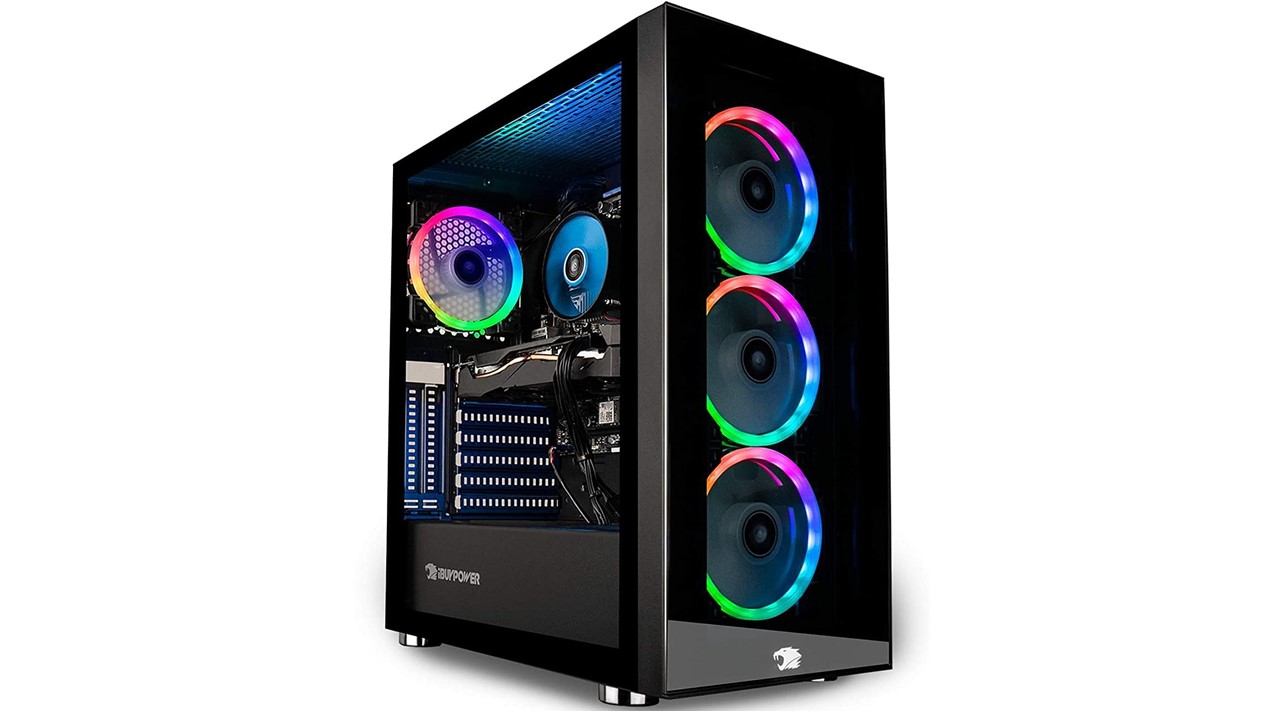
Bottom line: If you need a good graphics performance for either study or games, then look no further than this desktop from iBuypower. It has got great specs and RGB lighting too so that you don’t have to compromise with boring vibes from your PC just because you’re an Engineering Student.
Key Features:
- Processor: Intel Core i7-10700F
- Graphics: NVIDIA GTX 1660 Ti
- OS: Windows 10
- RAM: 16 GB
- Storage: 1 TB HDD + 240 GB SSD
Pros
- Decent performance
- Dual-storage
- Attractive RGB case
Cons
- Not always available
- Slightly Expensive
- Not overclockable
The next PC in this list is not just for coding and it can serve multiple purposes, and you can even use it for gaming in your free time.
The iBuypower Element MR 9320 has got good enough specs and a lovely case that won’t let you get bored when working on your PC.
Inside the RGB case, you get a Core i7-10700F processor running at 2.9 GHz (base frequency, can be boosted to 4.8 GHz) along with 16 GB of RAM.
This is an 8 core CPU, with 16 threads and a cache of 16 MB to store more instructions.
This isn’t an overclockable CPU and for that, you would have needed the Core i7-10700K and likewise, which tend to be more expensive.
For graphics, the CPU itself may not have a solution but there is an NVIDIA GTX 1660 Ti video card with 6 GB of video RAM.
This means that it can run editing software and those related to AutoCAD or other mechanical software as smooth as coding languages.
Both an SSD and a bigger hard drive are present for storage to make sure both speed and space are available to you. These are a balanced set of features that you get for a price tag just below $1500.
So this is one such desktop that is suitable for all kinds of Engineering Students and can provide performance on both CPU and GPU fronts.
4. HP Envy TE01 – Performance that Satisfies
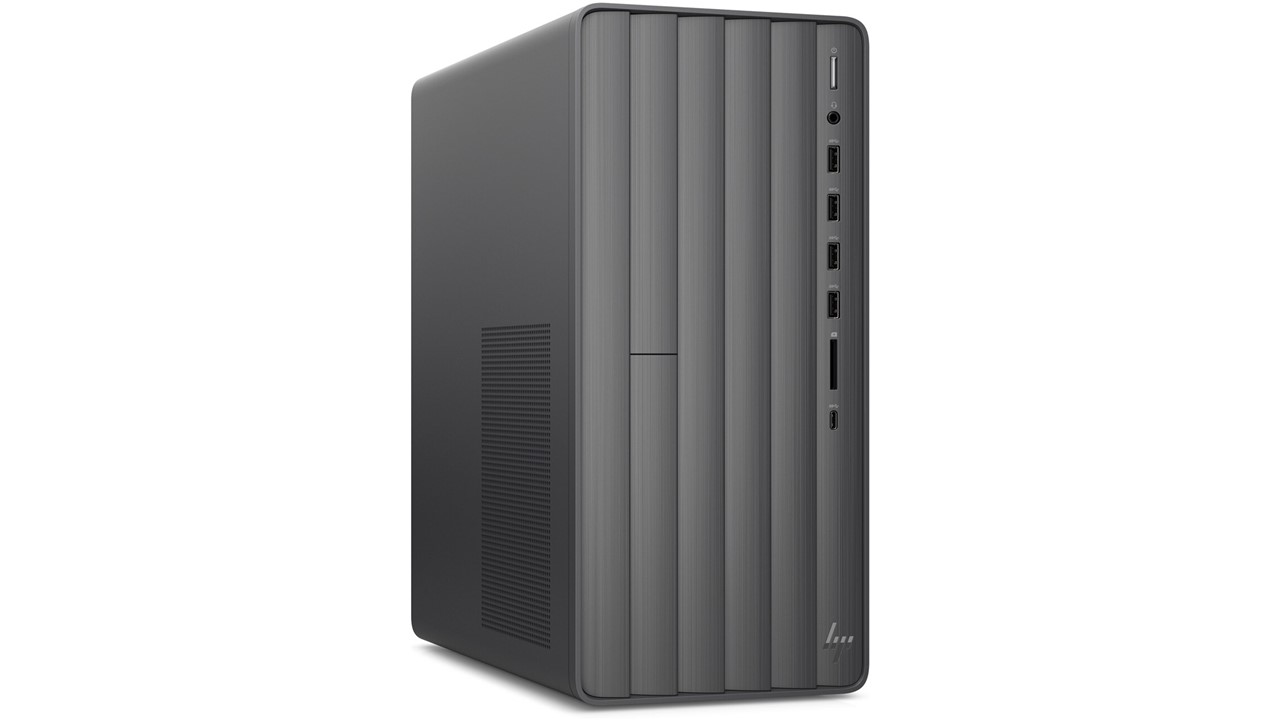
Bottom Line: With tons of reliability and convenience is the HP Envy desktop that makes it very clear that you wouldn’t need to look forward to buying any other desktop, anytime soon. Unless you are into overclocking or want to replace the GPU already present with a full-sized RTX card, this is an excellent option for an Engineering trainee.
Key features:
- Processor: Intel Core i7-10700
- Graphics: NVIDIA GeForce RTX 2060
- OS: Windows 11
- RAM: 16 GB
- Storage: 1 TB SSD
Pros
- Sleek design
- Impressive performance
- Good connectivity features
Cons
- Proprietary PSU can cause issues when upgrading to a better GPU
- Freezing issues in certain models at times when USB peripherals are connected
- Small space inside chassis
Another excellent option that we found that could serve the needs of an engineering student like you is the HP Envy desktop. It comes in a sleek design and several configurations, each suitable for different users.
The one here is one of the best-configured Envy desktops, with a 10th gen Core i7 processor, an RTX 2060 GPU, 16 GB of RAM, and a 1 TB SSD for storage.
This cannot be overclocked though, but that is a problem that only bothers a handful of users that have plans for it.
The RTX 2060 video card gives the much-needed 6 GB of VRAM for 3D designing and modeling that might be included in your curriculum.
And not just that, with the octa-core processor to back it up, there are other things too that it can be used for.
Some of these are editing, 3D or 2D rendering, gaming on 1080p, and much more.
This too supports a second display, which is another very important advantage that a user with needs like yours would be benefitted from.
5. HP Pavilion 24-Xa0032 AIO – Value for Money
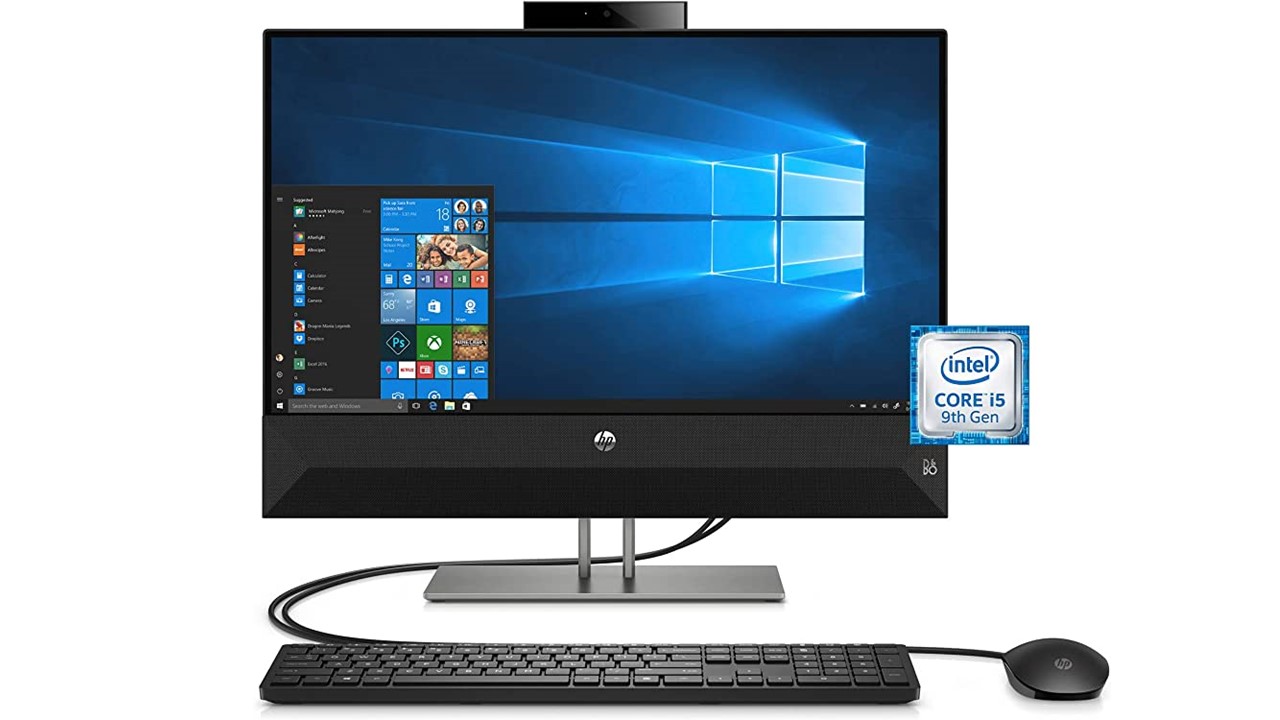
Bottom Line: Although not as good as an iMac when performance is concerned, this AIO from HP can still be much useful if you’re an Engineering rookie. Now it isn’t the kind to handle heavy graphical projects, but as long as the software you run are more CPU dependant, you would love the device.
Key Features:
- Processor: Intel Core i5-9400T
- Graphics: Intel Integrated Graphics 630
- OS: Windows 10
- RAM: 12 GB
- Storage: 512 GB
Pros
- Slim and attractive design
- Touchscreen display
- Good Cable management
Cons
- Not very upgradeable
- Limited Graphics functionality
- Not always available
The list would have been incomplete without an AIO, and for a student, it is not always possible to afford an iMac.
Hence, a cheaper alternative is the HP Pavilion Xa0032 that provides you with a slim system to work on, excellent cable management, and a touchscreen display for added convenience.
The desktop has got an Intel Core i5-9400T processor and a 512 GB SSD for storage. But not only that, this is the only computer in this list that comes with a touch-screen display, which makes working on it further comfortable.
The display cannot be tilted although the viewing angles are decent.
There is 12 GB of RAM installed in it already that keeps the system smooth even under the workload. You may upgrade it as well.
The PC comes with good connectivity owing to the various ports at the back, and both HDMI in and out ports.
This means that you may use the device as a monitor, as well as use it as a screen for another desktop too, and this is an excellent feature if you’re studying any Engineering subject.
A keyboard and mouse also come in the package, so you get a system ready to use as soon as you plug it into a power source.
It would be very useful for coding or running algorithms, but Integrated Graphics largely restricts its graphics capability.
How to Choose Best Desktops for Engineering Students?

The specs that you use on your desktop as an Engineering Student may be different than those needed in a professional workspace.
But this does not necessarily mean that you would have to upgrade to a new PC and replace the old one entirely.
With the right configuration, a PC lasts for years and unless there is a major fault in any of the parts, it would remain to be useful for quite some time.
This is why it is very important to know what sort of specs you need so that your requirements are met and you can save some money in the long run.
What matters most is to know whether you would be needing anything related to graphics as subjects like architecture, automobile, and such require graphics more than coding.
On the other hand, things like software Engineering require both and hence provisions for graphics must be kept.
Some architects indeed need to know how to program, and hence use coding software too. You should also have an idea of what sort of software you might have to use on the desktop.
This includes both the heavy ones that are mainly for designing or coding purposes and others that you might need daily for web browsing, etc.
The PC must be able to run these as smoothly as possible, which would make sure that you can complete projects and assignments swiftly.
No matter what the specs, the PC has to be reliable, and thus it would be preferred if you choose from a decent brand.
There are a lot of factors to consider when you are a student, and any subject related to Engineering can make it even more complex.
To avoid that, this buyer’s guide is created that should give you an insight into what to look out for.
What would the desktop be used for?
This is the first thing that has to be decided before you go ahead and make a purchase. Do you have a secondary laptop or PC, or would you use this one solely? This can solve a lot of confusion and help you to fix a budget.
A PC that is to be used for studying Engineering has to be swift. If you need to render graphics and create designs, it would be better to buy one with a GPU present already.
You might also make an upgrade later on, but that is entirely your choice. However, be sure to have arrangements for the same.
Then, it has to be able to run a lot of tabs on the browser, while also running different applications at the same time, and so on.
All of these depend on the hardware being used, and the way you want to use the computer itself dictates some of the hardware choices.
Every student needs some refreshment now and then, and so it is quite natural to use the PC for playing movies and gaming.
But that is on the average level only, and a GPU that can handle both projects and games shouldn’t be very expensive. And along with these, the right accessories are also to be considered.
The size of a desktop is not a very big concern, but when space and upgradability matter, this does become a topic to think about. Full tower desktops are the easiest to upgrade, but are usually expensive and take up a lot of space.
An Engineering Student may not have a lot of space in the place where he resides (like the dormitory) or in his classroom where several others like him have to study, with a computer for each.
Hence an SFF desktop comes in very handy in a situation like this.
Mid-towers are the solution when neither a full-tower nor an SFF is useful to you. They offer enough upgradability, save space, and come with varied specifications that you can choose from.
Now as you know desktops with bigger space inside also allow more upgrades and the addition of storage drives. What size you prefer depends on what upgrades you intend to make, or any at all.
You can choose either of the full, mid or small case sizes, but it is important to know their limitations from the beginning.
Processor
The right processor for the majority of students in the field of Engineering is a Core i7 with 6 cores, but a quad-core i5 also suffices in less intensive cases.
The former usually has more cores, better clock rate, and usually a better overall performance but is also pricier.
A Core i5 should be able to do most of the things that a Core i7 can, but there are cases where you could use some better performance.
There is multiple software that is needed to be run, and unless budget is not a concern, we would suggest an Intel or a Ryzen alternative with at least 6 cores. This should be powerful enough for both multi-tasking and running a single heavy software.
It would be wrong to say a dual-core CPU, such as a Core i3 cannot handle the coding. It surely can, but the experience would not be very comfortable.
Also, with an increase in workload or when working with 3D designs, you would have to upgrade to a better CPU, so having at least a quad-core processor in the PC from the beginning would be preferred.
Graphics
The tasks that your PC has to run can be of two types, one demanding a lot of CPU power and the others requiring a powerful GPU. When it comes to programming or calculations, the GPU has little to no uses at all.
Some coding software indeed requires very little graphics and the Integrated graphics are enough for everything that you do. But others, like SolidWorks or AutoCAD, work better with a discrete GPU, even though it is an entry-level one.
You don’t need to buy a very expensive RTX series card, at least until your Engineering studies are complete and a mid-range GPU should be sufficient.
Your gaming needs would also be solved by a GPU that can handle video rendering or 1080p presentations.
Some departments, like graphics engineering, designing, or software development depend largely on graphics. You have no other option than to get a good GPU if you study subjects like these.
RAM
No matter the CPU-GPU combination, what your PC should have is a lot of RAM and scope to expand it later on. A minimum of 8 GB of memory must be kept even if graphics aren’t involved, and you might as well save some money to buy better RAM sticks.
By better, we mean those with more memory and not speed. Now surely RAM speed matters, but not more than the amount of memory present. As long as it is in dual-channel configuration at least, working on your PC should be comfortable enough.
With a mid-range system, using two 8 GB modules to have a total of 16 GB of RAM should be enough for most, but 32 GB would be necessary when you have demanding tasks to complete.
Most software that Engineering Students have to use, recommend that 16 GB of memory be kept on their PCs, but in certain cases even below that is workable.
Storage
Regarding storage, we recommend at least 512 GB of it since there would be lots of notes, video lectures, and files to store over the years you study engineering. Using an SSD would be the right choice here, but a hard drive and SSD combination would work too.
But make sure to not use a hard drive only as there are multiple disadvantages that one has to face.
These range from slow storage and software responses to lengthy boot-ups. Even a 240 GB SSD to store the necessary system files could be very useful.
With the right budget, you may invest in larger storage drives and usually, these can be upgraded over time. As long as you aren’t using an extremely small PC, adding one or more storage drives would not be an issue.
Connectivity
With all of this sorted, as an Engineering Student, you must also have the right connectivity features so that transferring files and connecting various devices with your PC is easy.
The USB 2.0 and USB 3.0 ports would be needed for connecting printers, scanners, and such while others like USB Type-C would help transfer files.
The latest Bluetooth and WIFI connectivity would also be required, given that you have access to a fast internet connection.
And certain software need an active internet connection when you are working on them, so keep an eye on the connectivity features too.
Questions & Answers:
Is Core i3 processor good for Engineering Students?
The Core i3 or similar Ryzen CPUs usually have 2 or 4 cores at most, and the highest frequency that they have is not all that great either. So while those students that have light needs or solely coding to do might just find one of these CPUs useful, a majority of them won’t. We would suggest at least a Core i5 or Ryzen alternative instead.
Is 8 GB RAM enough for Engineering Students?
If your desktop has 8 GB of RAM, then it can handle certain software only, not all of them. More memory is always better for the CPU to perform at its best, so most Engineering Students prefer having 16 GB or more memory on their desktops. It’s not that lesser RAM would not allow you to work, but you would soon need to make an upgrade anyway.
Finishing up
As an Engineering Student, one has complex subjects and calculations to deal with that aren’t possible without a decent PC. But the PC should be useful for all scenarios, study, work, and leisure.
Thereby, it has to be selected with great caution. The options presented here should be to help a wide number of viewers, while the buyer’s guide is sure to make things clearer.



